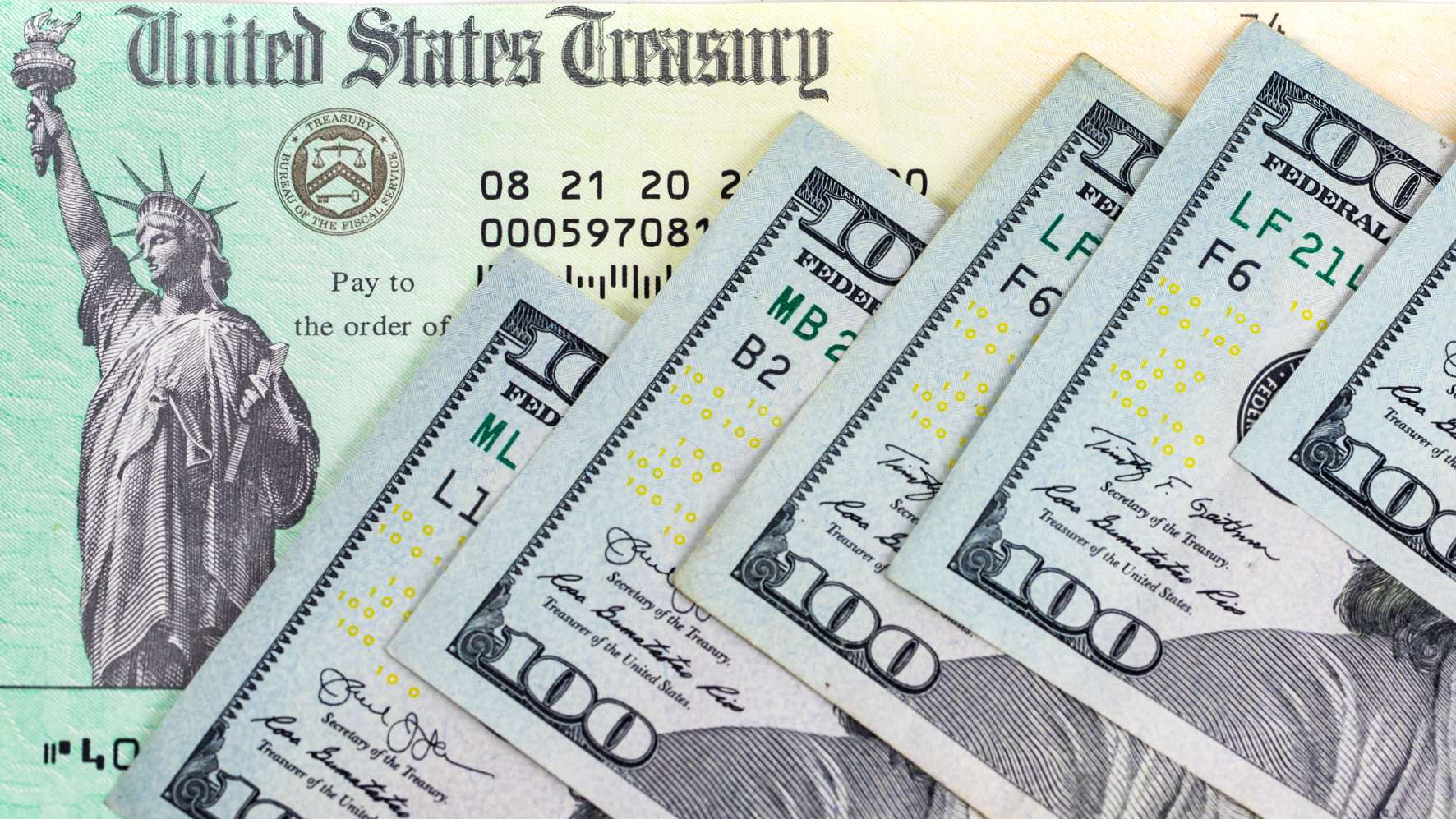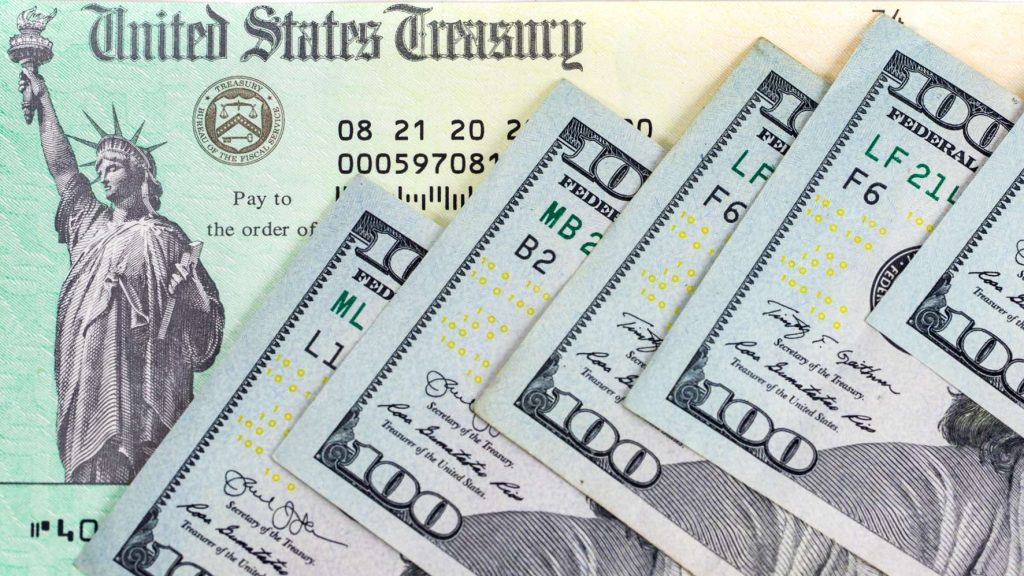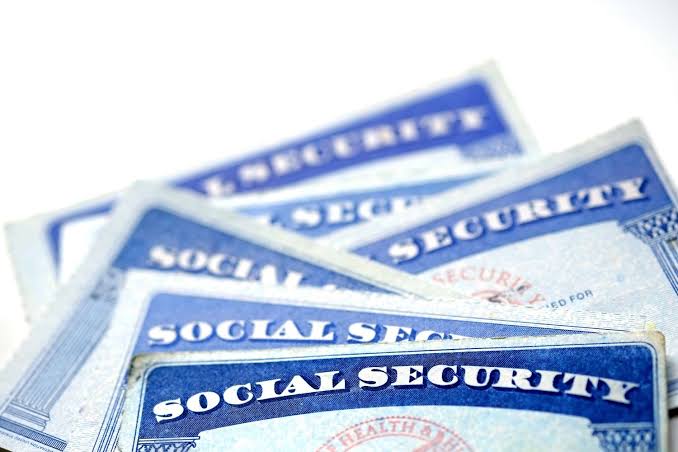If you’ve been waiting for a stimulus check to land in your account, you’re not alone. Social media has exploded with posts claiming new payments are on the way in 2025. But here’s the truth: there is no new federal stimulus check approved this year. Still, millions of Americans are getting money back through tax refunds, retroactive credits, and adjustment payments—some even arriving unexpectedly.
So, if you’re wondering whether you’re due a payment—or why your refund hasn’t hit yet—here’s the full breakdown of what’s real, what’s hype, and how to make sure the IRS doesn’t leave you behind.
Are New Stimulus Checks Coming in 2025?
No, despite the rumors, Congress has not passed any new round of stimulus checks for this year. The IRS has confirmed it is not sending out Economic Impact Payments (EIPs) like those seen in 2020 and 2021. But that doesn’t mean you’re out of luck.
If you missed out on past credits—like the Recovery Rebate Credit, Child Tax Credit, or Earned Income Tax Credit (EITC)—you might still be eligible for a retroactive payment or refund adjustment. These payments can still show up even months after you file.
Refund Season Is Still Going Strong — Here’s What to Expect
The 2025 tax season has already delivered average refunds of about $3,450, a modest increase from last year. How fast you get your refund depends on how—and when—you filed:
-
E-file + Direct Deposit: Most refunds are sent within 10 to 21 days
-
Paper returns: These can take 6 to 8 weeks, especially if errors or identity checks slow things down
You can check your status anytime using the IRS’s “Where’s My Refund?” tool, which updates daily.

Small Surprise Payments? They’re Real—And This Is Why
Some taxpayers have reported receiving smaller checks—amounts like $300, $600, or even $1,400—and are wondering where the money came from. These aren’t new stimulus checks, but rather:
-
Late adjustments to child or earned income tax credits
-
IRS corrections from past filings
-
Reissued or returned payments from previous years
To understand your specific payment, you can log into your IRS online account or request a tax transcript showing recent activity.
Say Goodbye to Paper Checks in 2025
If you’re still relying on a paper refund check, now’s the time to switch. Starting September 30, 2025, the U.S. Treasury will phase out paper checks for most tax-related payments, including refunds and credit balances. To avoid delays or lost checks:
-
Sign up for direct deposit
-
Link a prepaid debit card or digital wallet
-
Update your bank info in your IRS profile
This move is aimed at speeding up payments and reducing fraud—but for those who haven’t updated their details, it could mean trouble.
How to Get Your Refund Faster and Avoid Issues
-
File early and choose e-filing with direct deposit
-
Double-check your Social Security number, address, and bank info
-
Avoid filing before you receive all tax forms—especially 1099s
-
If you claim the EITC or Child Tax Credit, be aware these refunds may be delayed until mid-to-late February
-
Use the IRS’s Free File tools if you’re eligible
And remember: calling the IRS won’t speed up your payment, but checking your status online will.
Final Takeaway
There may not be a brand-new stimulus check in 2025—but millions of refunds and smaller surprise IRS payments are still hitting accounts every week. Whether it’s a delayed credit or an adjustment you didn’t know you were owed, the IRS is actively processing payments throughout the summer.
The key? File accurately, go digital, and keep checking your status. And if you’re unsure whether you’ve claimed everything you’re entitled to, ask a tax pro—or I can help you break it down.



